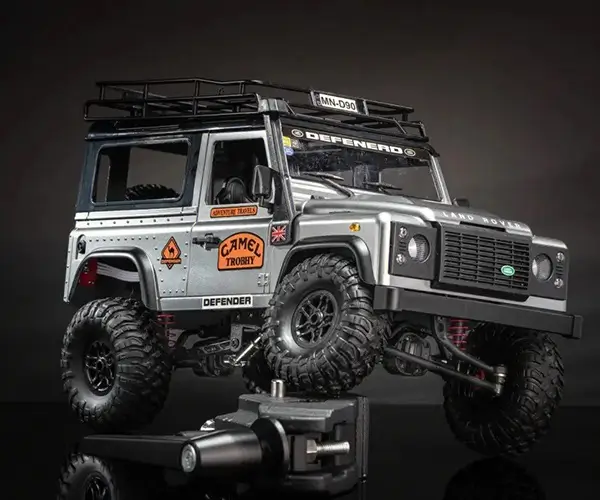Imagine a dance floor where every movement needs precision, timing, and smooth execution. That’s pretty much what a servo motor does—it’s the heartbeat of countless machines, from tiny robotics to massive manufacturing systems. But not all servo motors are created equal. They come in different types, each tuned for specific needs, and knowing the subtle differences can make a real difference in choosing the right one for the job.

First up, we’ve got the AC servo motors. These guys are powerhouses—they love high speed, and they do well in continuous, long-running tasks. Think about CNC machines or robotic arms working all day long; they prefer AC because of their durability and reliability. They’re like that dependable friend who’s always ready when you need them, handling sustained loads with ease.
Then, there are the DC servo motors. Portable, nimble, and straightforward, they often shine in applications requiring precise control over position and speed. You may have seen them in small industrial robots or camera auto-focus mechanisms. They’re flexible because you can control their voltage easily. Plus, their torque characteristics make them perfect for tasks where quick starts and stops are needed.
But what about brushless servo motors? They’ve gained popularity quickly. No brushes mean less maintenance, and they run more quietly. That’s why they’re increasingly found in medical equipment or high-end automation where noise and downtime are costly. Plus, their design allows for higher speeds and better efficiency, making them a smart pick in intricate tasks requiring great finesse.
On the flip side, brushed servo motors still hold their ground. They’re a classic choice for simpler setups. They're often cheaper upfront and easier to set up—think of small home automation projects or hobbyist robotics. But they tend to wear out faster because of the brushes, which means more maintenance over time.
So, how to choose between these types? Well, it depends on a few factors—what kind of load are you dealing with? How long does the motor need to run? Is noise a concern? For instance, a manufacturing line that runs 24/7 might lean towards AC servo motors due to their reliability, while a robotics hobbyist could prefer a brushed motor for its simplicity.
It’s interesting how different scenarios call for different motor types. Sometimes, it’s purely about what the project demands—and sometimes it’s about budget constraints. The right choice can save headaches down the line.
Questions often pop up—do I need a more energy-efficient motor? Do I want something that requires less maintenance? These considerations aren’t just buzzwords—they translate directly into operational costs, precision, and longevity.
In essence, each servo motor type has its quirks and strengths. It’s like picking the right shoe for a hike—depends on terrain, distance, and how much you’re carrying. When you’re on top of what suits your specific needs, everything just fits better. No fuss, no fussing over unnecessary details, just smooth, efficient operation that makes a project stand out.
Established in 2005, Kpower has been dedicated to a professional compact motion unit manufacturer, headquartered in Dongguan, Guangdong Province, China. Leveraging innovations in modular drive technology, Kpower integrates high-performance motors, precision reducers, and multi-protocol control systems to provide efficient and customized smart drive system solutions. Kpower has delivered professional drive system solutions to over 500 enterprise clients globally with products covering various fields such as Smart Home Systems, Automatic Electronics, Robotics, Precision Agriculture, Drones, and Industrial Automation.




































